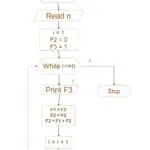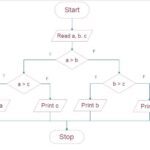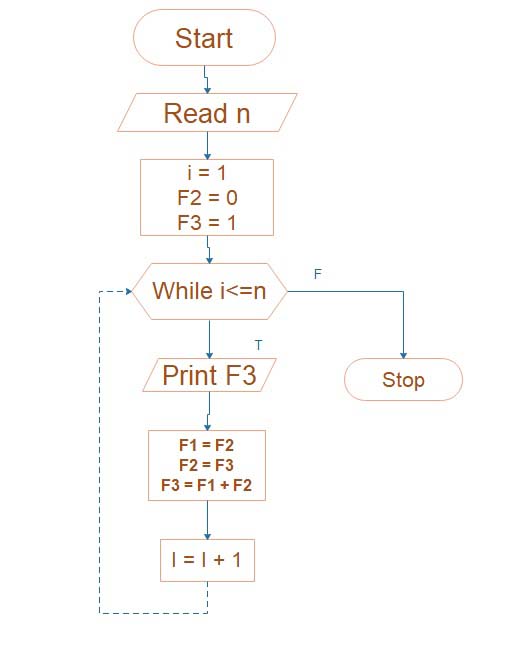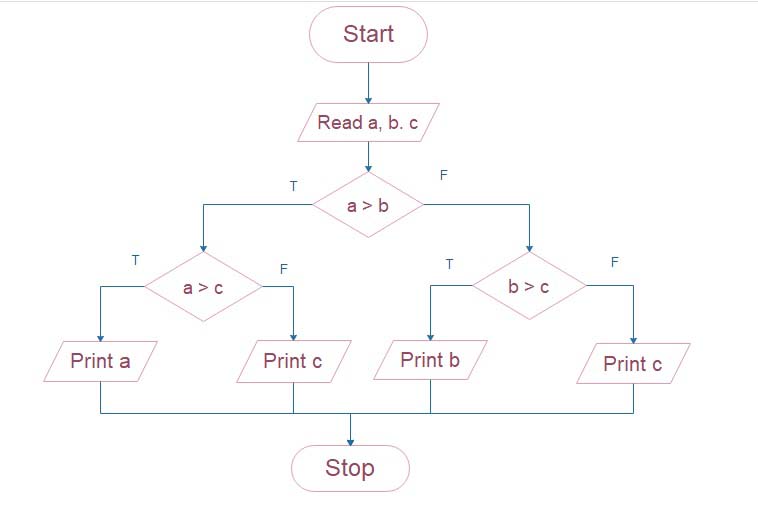Operator precedence and associativity
Operator precedence and associativity
Q) Explain operator presidency and associativity.
Operator Precedence of an operator:
- In an expression when there is more the one operator involved, the evaluation of them is done based on their priority.
- In C, every operator has its own priority (importance) this priority is known as the precedence of the operator.
- This operator having more precedence will be evaluated first and the remaining will be evaluated later. Consider the following expression:
a = 5 + 6 * 10 ;
- Here, the operation * will be performed first since it has higher precedence than +, later+operator will do its task and at the last =will be done.
- The priority of each operator in C is given in the following table.

Associativity of operators
- When an expression contains two or more operators of equal priority the tie between them is settled using the associativity of the operators.
- Associativity can be two types Left to Right or Right to Left.
- Left to Right associativity means that the left operand must be unambiguous. Unambiguous in what sense? It must not be involved in the evaluation of any other sub-expression. Similarly, in cases of Right to left associativity, the right operand must be unambiguous. Let us understand this with an example.
Consider the expression
a = 3 / 2 * 5 ;
- Here there is a tie between operators of the same priority, that is between / and *. This tie is settled using the associativity of / and *. But both enjoy left to Right associativity.
- The figure shows for each operator which operand is unambiguous and which is not.
| Operator | Left | Right | Remark |
|---|---|---|---|
| / | 3 | 2 or 2 * 5 | The left operand is unambiguous, Right is not |
| * | 3 / 2 or 2 | 5 | The right operand is unambiguous, Left is not |
- Since both / and* have L to R associativity and only / has an unambiguous left operand (a necessary condition for L to R associativity) it is performed earlier.
- After that * will be operated.
Operator Precedence Table
| Description | Operator | Associativity |
|---|---|---|
| Function expression | ( ) | Left to Right |
| Array Expression | [ ] | Left to Right |
| Structure operator | – > | Left to Right |
| Structure operator | . | Left to Right |
| Unary minus | – | Right to Left |
| Increment / Decrement | ++ — | Right to Left |
| One’s compliment | ~ | Right to Left |
| Negation | ! | Right to Left |
| Address of | & | Right to Left |
| Value of address | * | Right to Left |
| Typecast | ( type ) | Right to Left |
| Size in bytes | sizeof | Right to Left |
| Multiplication | * | Left to Right |
| Division | / | Left to Right |
| Modulus | % | Left to Right |
| Addition | + | Left to Right |
| Subtraction | – | Left to Right |
| Left Shift | << | Left to Right |
| Right Shift | >> | Left to Right |
| Less than | < | Left to Right |
| Less than or equal to | <= | Left to Right |
| Greater than | > | Left to Right |
| Greater than or equal to | >= | Left to Right |
| Equal to | == | Left to Right |
| Not equal to | != | Left to Right |
| Bitwise AND | & | Left to Right |
| Bitwise exclusive OR | ^ | Left to Right |
| Bitwise inclusive OR | | | Left to Right |
| Logical AND | && | Left to Right |
| Logical OR | || | Left to Right |
| Conditional | ? : | Right to Left |
| Assignment | = | Right to Left |
| *= /= %= | Right to Left | |
| += -= &= | Right to Left | |
| ^= |= | Right to Left | |
| <<= >>= | Right to Left | |
| Comma | , | Right to Left |













